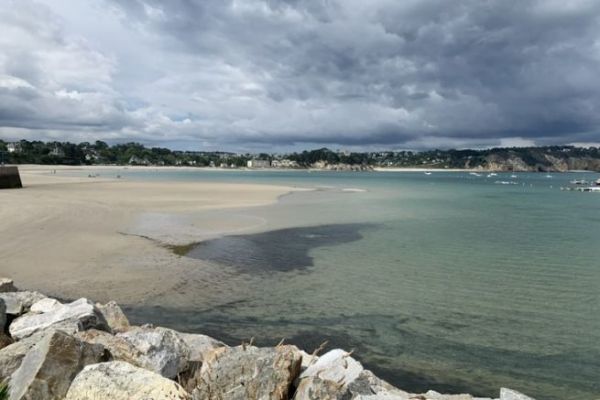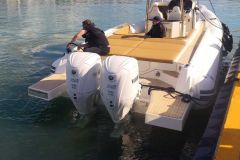The origin of salt
Salt, also called sodium chloride, has its origins 4 billion years ago. When our planet was covered with erupting volcanoes, they released gases and water vapor into the atmosphere. When the Earth cooled, this water vapor became liquid via torrential rains. These rains have nibbled the rocks that contained mineral elements. They then formed the oceans, depositing the main amount of salt.
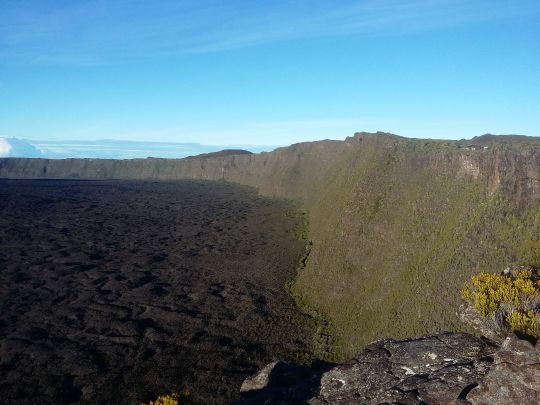
But another phenomenon contributes to the salinity of the oceans. Discovered in 1979 during a deep dive, the "black smokers" are natural valves located at the edge of tectonic plates. In the shape of a chimney, they allow the evacuation of part of the heat of the earth's crust, itself made of mineral salts.
Underwater volcanic activity is also a cause of salt input to the oceans.
Differences in salinity
The average salinity of seawater is 35 grams per liter, the equivalent of 6 teaspoons. There are significant differences in salinity depending on the geographical area. It is 38 grams in the Mediterranean and can reach 260 grams in the Dead Sea. On the other hand, it is much lower in the seas near the Arctic, around 10 grams in the Baltic Sea.
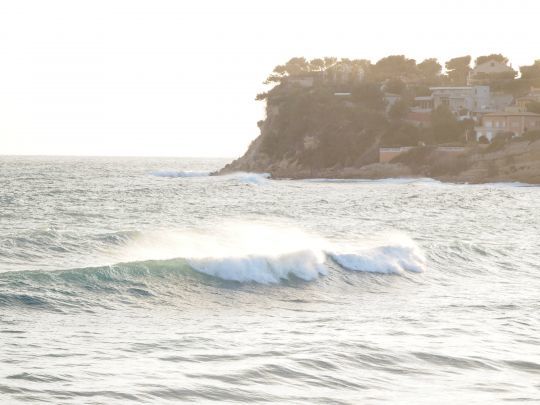
However, except in the Dead Sea, the salt content of the oceans does not increase with time, as part of the salt is filtered by the oceanic crust.
Can we consume sea water?
In water, Chloride and Sodium evolve separately. They come together when the water evaporates, and give salt crystals. This phenomenon can be observed in salt marshes, or on the deck of your boat after an invigorating sail.
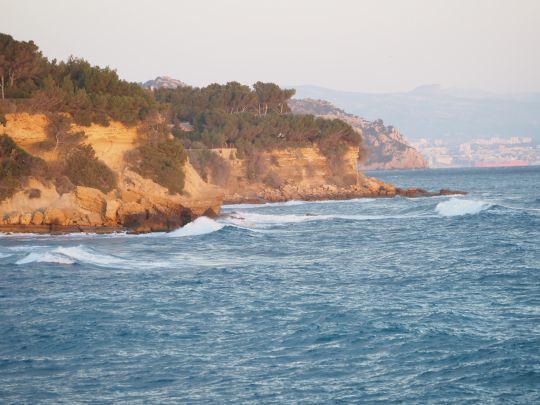
On board, seawater cannot be consumed as is, at the risk of causing serious digestive problems, and in the long term severe dehydration.
It can nevertheless be diluted with fresh water for cooking certain foods, on a 1/3 seawater and 2/3 fresh water basis. This ratio is however evolving according to your sailing basin, so give it a try before you put your crew at risk!
